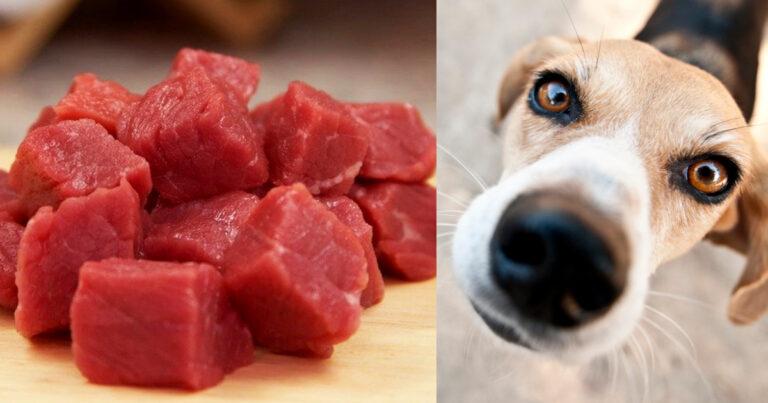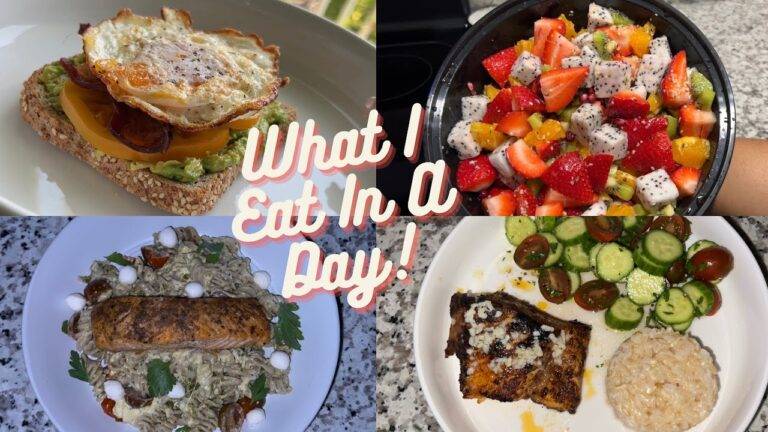If you’ve decided that you want to lose weight in a healthy, sustainable way, or have just started researching what that looks like, you’ve quite possibly read a good deal of articles discussing the importance of protein when it comes to shedding pounds. While a healthy weight loss diet can look different for everyone depending on their unique needs, getting more protein in is almost always going to be a key factor. Thankfully, this is made easier if you are aware of important food swaps for protein.
There are a multitude of ways that protein can promote weight loss. For one, it can help shrink your cravings and prevent over-snacking, as well as reduce feelings of hunger in general, which can lead to fewer calories consumed throughout the day. Higher-protein diets have also been shown to improve metabolism and increase the amount of overall calories burned. And once you’ve lost your desired weight, increasing your protein can also help you maintain your weight loss.
To some just starting out in their weight loss journey, it can feel really intimidating to try and figure out how to increase your daily protein, especially if you’re already in a routine of what and how you like to eat. This is exactly why small food swaps can be helpful. They can allow you to keep your favorite foods while just making slight changes to increase how much protein your consuming.
Read on to learn some dietitian-recommended food swaps that can help you get more protein—and for more healthy eating tips, make sure to check out 21 Superfoods That Are Surprisingly High in Protein, Say Dietitians.
1% cow’s milk: 8 grams of protein per cup
6254a4d1642c605c54bf1cab17d50f1e
Almond milk (unsweetened): 1 gram of protein per cup
This swap adds: 7 grams of protein
For those who are able to consume dairy products, this food swap can give you a big boost of protein.
“Add cow’s milk to your oatmeal instead of almond milk,” suggests Lisa Young, PhD, RDN, author of Finally Full, Finally Slim and member of our Medical Expert Board. “Almond milk is a good bet if you are opting to go plant-based, but cow’s milk will give you more protein—as well as calcium and vitamin D.”
Cream cheese: 3.6 grams of protein per 4 tablespoons
Cottage cheese: 6 grams of protein per 4 tablespoons
This swap adds: 2.4 grams of protein
“Instead of spreading your bagel with cream cheese, opt for protein rich cottage cheese,” says Young. “Cottage cheese is a good source of protein and will keep you full. It is also low in fat and will save you calories.”
If you’re not super fond of the idea of placing cottage cheese on your bagel, don’t fret! This type of cheese can also act as a 1:1 substitute for cream cheese in your favorite dips.
Butter: 0.2 grams of protein per 2 tablespoons
Peanut butter: 7.7 grams of protein per 2 tablespoons
This swap adds: 7.5 grams of protein
If you’re a fan of toast in the morning, but usually enjoy it with plain butter or jelly, our dietitians suggest replacing these with peanut butter.
“Peanut butter contains protein, fiber, and unsaturated fat, which will keep you satisfied for much longer,” says Young.
If you normally opt for plain butter on toast, you’ll be consuming higher levels of saturated fat with very little protein, whereas “Jelly contains added sugar which contains no nutritional value,” says Young. Swapping these out for peanut butter is an excellent choice for more protein and weight loss.
Quinoa: 8.1 grams of protein per cup
This swap adds: 4.6 grams of protein
Rice is an affordable, comforting, and versatile grain, but it doesn’t provide a lot of protein. Because of this, try swapping it out for the whole grain quinoa.
“Quinoa makes a great swap for regular rice because it has a higher protein content than white rice,” says Trista Best, MPH, RD, LD, at Balance One Supplements. “Quinoa is a plant source of a complete protein, meaning it contains all essential amino acids.”
Croutons: 1.8 grams of protein per 0.5 cup
Chickpeas: 7.3 grams of protein per 0.5 cup
This swap adds: 5.5 grams of protein
If you’re a person who loves texture in their salads, then you most likely throw croutons on top fairly often. However, Best suggests trying chickpeas.
“For those that enjoy croutons on their salad for an extra crunch, swap those high-carb toppings for protein-rich roasted chickpeas,” says Best. “This swap also provides a great source of fiber, which croutons are typically lacking due to their refined and processed nature.”
Almond milk: 0.4 grams of protein per 100 grams
Tofu: 6.4 grams of protein per 100 grams
This swap adds: 6 grams of protein
If you’ve never tried tofu in a smoothie, it may seem a bit odd at first. But swapping in tofu in lieu of almond milk in smoothies not only provides added texture, but it gives you a protein boost as well.
“Tofu is a rich source of plant-based protein, and it can provide a creamy texture that can help to make your smoothie thicker and more satisfying, without adding additional sugar or calories,” says Best.
Sour cream: 3 grams of protein per 100 grams
Greek yogurt: 10.3 grams of protein per 100 grams
This swap adds: 7.3 grams of protein
Sour cream is often used as a creamy base for dressings, baking recipes, or topping for a chili or soup. But, this food is usually higher in fat and lower in protein. Plain Greek yogurt makes an excellent food swap for more protein because it has very similar texture and a mild flavor.
Sign up for our newsletter!
This content was originally published here.





















